-
•
•
Wisdom CALL FOR PAPERS • The Annual Meeting of Mormon Scholars in the Humanities May 26-27, 2017 Boston University Boston, Massachusetts Read More
-
•
•
10 responses
Donald Trump and his surrogates have become rather worried about Evan McMullin’s chances in Utah. In several polls he’s either been tied for first place or is within striking distance. (Most still have Trump ahead) The last week he’s been the talk of the media with many seriously thinking he has a chance. Last week noted Fox News host Lou Dobbs made an unfortunate attack on McMullin saying he’s helping the “Mormon Mafia” affect the election results. This led to a slew of rather hilarious tweets mocking the idea of a Mormon Mafia. Around the same time various stories started… Read More
-
•
•
One response
Today and tomorrow at UVU, the BYU Wheatley Institution and the UVU Center for the Study of Ethics are hosting a conference on “Peacebuilding: Religious and Ethical Perspectives.” They have lined up an impressive list of speakers from near and far; come check it out! Read More
-
•
•
9 responses

And now for something a little different on T&S… This past Sunday our ward Primary presented its annual program. As I was writing the program last month, I appreciated seeing sample scripts and reading other Primary leaders’ reflections online, so I thought I’d make our script available here together with a few older-and-wiser observations. This was my first rodeo, at least as far as writing the script and directing the thing, and overall I’m pleased with how it went. The Primary theme this year is “I Know the Scriptures Are True,” so I knew I wanted most of the program… Read More
-
•
•
16 responses

I don’t know if it is still a thing with Evangelicals, but back when I was on my mission there were Jack Chick comic books everywhere. While Chick didn’t limit himself to virulent anti-Mormonism it’s those tracts that still bring a chuckle to me. Almost anywhere we looked we found them. What was so amazing about them was just how mind bogglingly ridiculous they often were. He’d have characters meeting new Mormon investigators and suddenly start quoting by memory obscure passages from the Journal of Discourses. Others were more in the extreme conspiracy theory such as a communist-catholic takeover of… Read More
-
•
•
20 responses
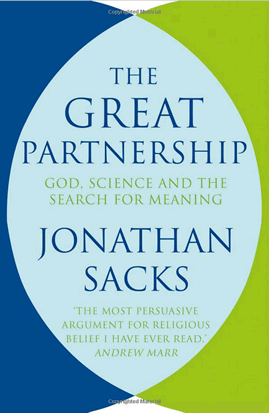
I’ve read several books and essays in the science versus religion genre, some by secular scientists or philosophers (such as Stephen Jay Gould’s Nonoverlapping Magisteria essay) and some by Christian scientists (such as Karl Giberson’s Saving Darwin: How to Be a Christian and Believe in Evolution). I recently found a refreshing new perspective within the genre: The Great Partnership: Science, Religion, and the Search for Meaning (Schocken Books, 2011) by Jonathan Sacks, a prominent Jewish scholar and rabbi. It offers a more relaxed, more pragmatic treatment of the topic than other books I have read. A one-sentence summary: Science and… Read More
-
•
•
48 responses
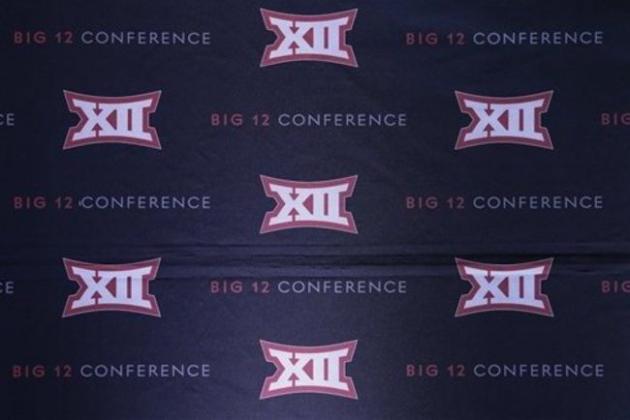
I know BYU football isn’t the normal talk here. I think it’s relevant to the broader LDS community this year if only due to how it’s perceived around the country. While as I write this the Big 12 hasn’t formally announced the death of expansion plans, it’s being widely leaked. For months BYU seemed like a shoe in. Then came the activism at many colleges over the honor code at BYU. While some of the information out there was simply incorrect, the basic idea of no pubic displays of affection for homosexuals seemed like a deal breaker to enough college… Read More
-
•
•
Joseph Lowell was a philosopher I wasn’t familiar with at all. He was speaking on creation, artisanship and creation ex nihilo. However the fundamental topic he was after was aesthetics. I didn’t take as many notes first because I’ll fully confess I know only enough about the philosophy of aesthetics to be dangerous. There’s a lot I’m ignorant of. Second because most of Lowell’s approach was via process theology and Whitehead. While there’s a lot in Whitehead I agree with, overall I just don’t buy his system. I do acknowledge he’s been really a significant influence in many thinkers like… Read More
-
•
•
4 responses
For the first concurrent session I attended Sam Brown’s. While he’s not as well known as David Paulson he has written numerous extremely well received papers and books. I honestly can’t fathom how he has the time to do all he does. He’s a medical researcher and ICU physician as well as writing on Mormon philosophical notions and history. We were very lucky to have him there. At the end he noted how he’s really trying to cut back on all he does. So in that case we were doubly lucky to have him there. It’s almost difficult to describe… Read More
-
•
•
I wasn’t able to attend Ben’s session this evening and it’s looking like I won’t be able to go like I’d hoped tomorrow. Still I really enjoyed the sessions I went to. To give a bit of a taste (and to encourage everyone to attend tomorrow and Saturday) here’s some notes with a bit of commentary. My notes ended being a bit longer than I expected. So I’m doing a separate post for each. Hopefully those of you who attended the other sessions can tell me how they went. David Paulson and Hal Boyd (opinion editor at the Deseret News)… Read More
-
•
•
42 responses
The recently announced LDS doctrine of conditional divine love comes from President Nelson’s 2003 Ensign article “Divine Love,” in which he stated: “While divine love can be called perfect, infinite, enduring, and universal, it cannot correctly be characterized as unconditional.” No additional commentary was added until the October 2016 General Conference, when two apostles, citing President Nelson’s article, restated the doctrine. It is rather more nuanced than it first appears and I expect some local leaders and members will misconstrue and misapply this new doctrine in unfortunate ways. So pay attention. This is important. Read More
-
•
•
6 responses

The annual meeting of the Society for Mormon Philosophy and Theology is this week at BYU. All the sessions are being held in B192 in the JFSB from Thursday through Saturday. You can see the full schedule of sessions at the smpt.org website. Like an idiot I hadn’t put it on my calendar. I’d completely forgotten about it until Ben called me this evening to ask if I was going. Unfortunately my wife is going out of town this weekend. I’m going to try and go to the Thursday and Friday sessions though. Even though I’ve not been able to… Read More
-
•
•
10 responses
Theology has an odd place in LDS thought. Early on there was a rather positive view of theology. Lectures on Faith, then part of the Doctrine and Covenants, praised the idea of theology calling it: …that revealed science which treats of the being and attributes of God, his relations to us, the dispensations of his providence, his will with respect to our actions and his purposes with respect to our end. (Question 1 of Lectures on Faith) Now this was just quoting from a well known theological dictionary of the time. It most likely reflected Sidney Rigdon’s view of theology which would… Read More
-
•
•
7 responses
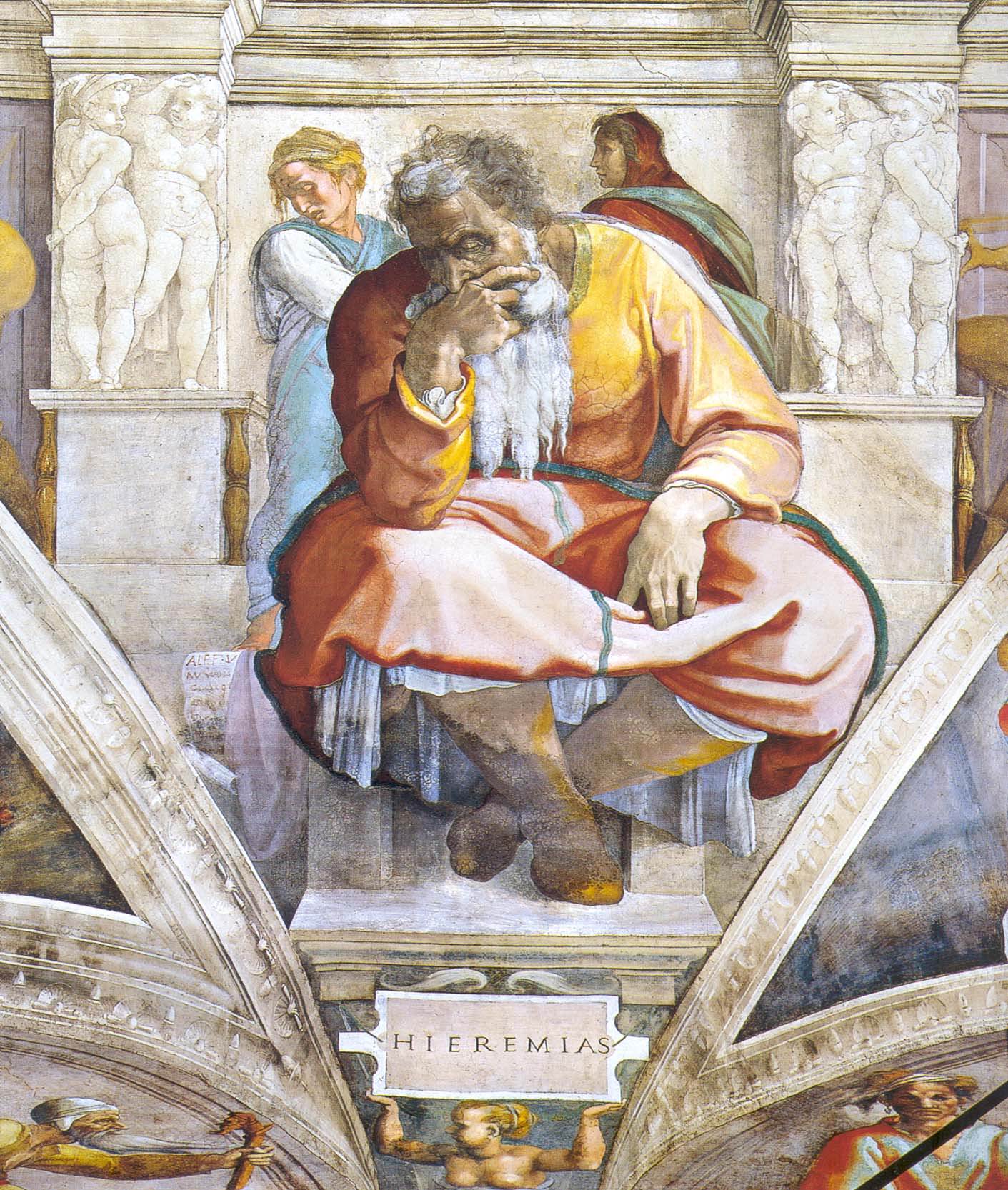
A couple of months ago I had a post talking about how Hebrews talk about things being true. While my focus was on common Mormon expressions like “I know the Church is true” the basic principle applies to many scriptures. That includes famous Book of Mormon ones like Alma 32. The basis for most of the post was an interesting book by the philosopher Yoram Hazony. He argued in his book The Philosophy of Hebrew Scripture that there was an unique philosophy present in the Old Testament that had been largely neglected by western philosophy in preference to Greek notions.… Read More
-
•
•
SIXTH BIENNIAL FAITH AND KNOWLEDGE CONFERENCE HARVARD DIVINITY SCHOOL CAMBRIDGE, MA FEBRUARY 24-25, 2017 Read More
-
•
•
13 responses
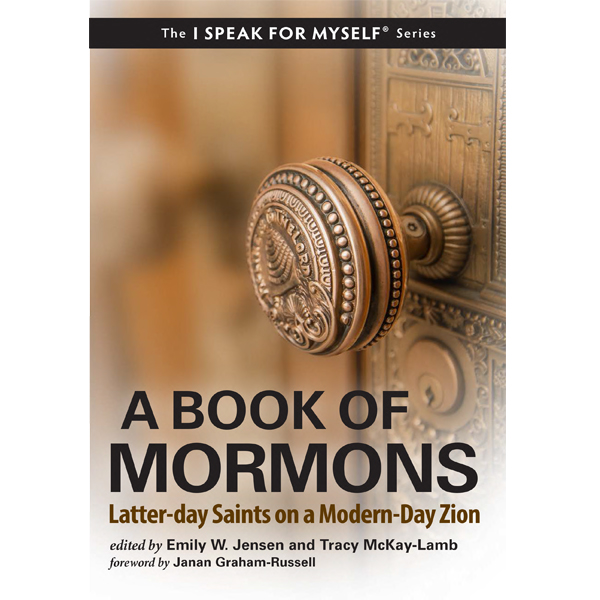
A review of A Book of Mormons: Latter-day Saints on a Modern-Day Zion In this useful collection of brief essays, an impressively wide array of members of the Church of Jesus Christ of Latter-day Saints describe what Zion means to them. As the editors write in their introduction, “Forget about glossy Mormon-produced documentaries. Forget about funny Broadway musicals. … Here you will find a potent mixture of everyday and extraordinary Mormons speaking in their own voice about tough issues and hard-won testimonies.” The range of approaches is wonderfully expansive. Some of the authors speak of how Zion means better inclusion… Read More
-
•
•
124 responses
I know many think the focus on religious liberty is misplaced. To my eyes it seems we have more religious liberty now than at any time in American history. I recognize not all feel that way although often it is due to the majority religion being constrained in some ways from acting as the de facto religion. But in terms of individuals practicing their religion in general rather than limited practices of the majority in government contexts, we seem to be doing great. Why then the worry of the brethren over religious liberty? Robert Couch sent me a link today that may… Read More
-
•
•
The Maxwell Institute just posted a call for applicants for its next summer seminar. The topic is Mormonism Confronts the World: How the LDS Church has Responded to Developments in Science, Culture, and Religion. The seminar runs June 26 through August 3, 2017. Plenty of time to find a topic and clear out six weeks of your schedule. Anyone with a topic to suggest is free to share it in the comments. Read More
-
•
•
152 responses
It is rather presumptuous to call someone to repentance, don’t you think? The act implies at least two things: that the caller knows better than the called, and that the caller has the authority to issue the call to repent. In a world of increasing moral relativism, many of us are uncomfortable with the idea that one person can or ought to impose his or her standards on another. This discomfort illegitimizes the call for repentance by not only undercutting the moral authority of the caller, but the very standards by which a call may be justified. But the call… Read More
-
•
•
19 responses

I didn’t really touch on it in depth in my theology post last week but my view of theology entails being able to give reasons for why one asserts what one asserts. The emphasis then was in how we read. Underneath it all really was Eco’s view of the ideal reader who pays close attention to the process of interpretation. That reader is an ideal reader because they can explain why they read the way they do. It was with some interest then that I read the inaugural post at Patheos’ new blog, Mormonism Inside and Out with Patrick Mason… Read More
-
•
•
97 responses

It is about ten months ago now, that Sad Sunday when the ‘Exclusion Policy’ was upon us, the one that created a lot of problems, while solving probably none. In our ward we lost our bishop through it, and he still has not returned. Also, some of the Primary kids still have not been baptized, as some still wait for the exclusion policy to be revoked. There is ample reason for such a repeal; after all, as I analysed last year, the policy of excluding children of same sex parents from a normal entrance into our community does not really… Read More
-
•
•
23 responses
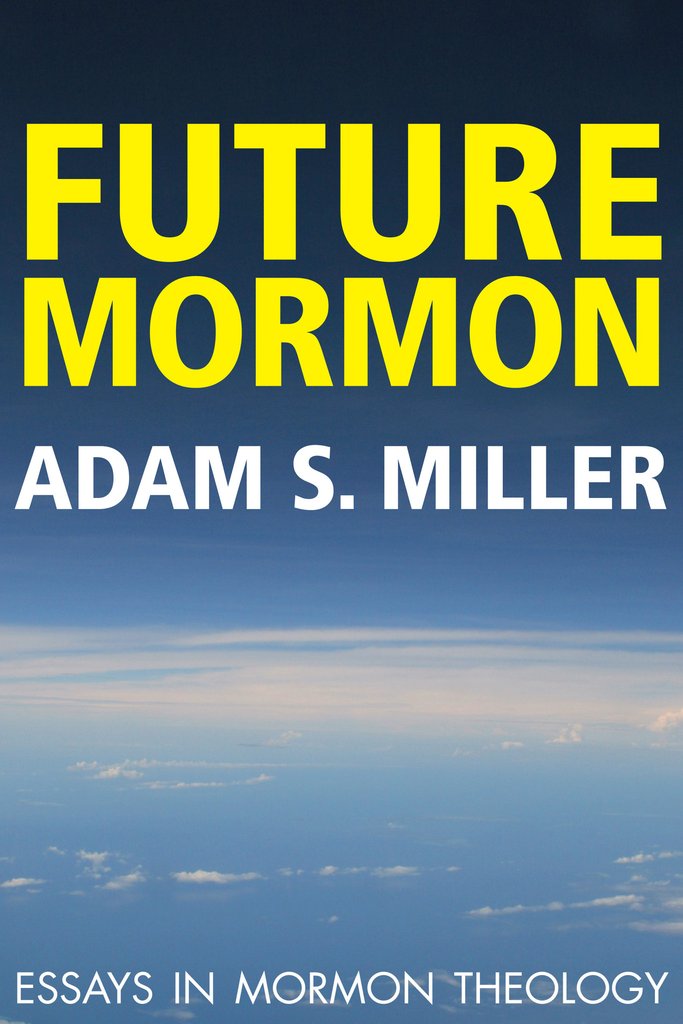
This is a review of and a response to Adam Miller’s recent book, Future Mormon: Essays in Mormon Theology (Greg Kofford Books, 2016). This book and others like it are part of the solution to one of the biggest problems facing 21st-century Mormonism: it’s shallow. It’s boring. It’s too programmed. There’s no meat in the sandwich. Miller puts some postmodern philosophical meat in the Mormon sandwich. Read More
-
•
•
13 responses
This third section of Taylor’s book is, to me, the most redundant, so I’m going to make up for lost time by condensing these four chapters into one blog post. In fact, I’ll leave Ch. 11 off entirely because it’s mostly an exploration of the section’s themes through case studies in Britain and France. In the last post, we saw the effects of the new “Providential Deism” (and the accompanying sociopolitical and economic trends) on the nature of belief in the eighteenth century. Religion among intellectual elites was naturalized (i.e. seen as non-mysterious, accessible by reason or observation) and circumscribed… Read More
-
•
•
47 responses
It is nice to take a break from the bubble that is Utah Valley. Last month we moved to Belgium for a year-long sabbatical, and I hoping that this time will be restorative. I’m ready to reenter the conversation. Read More
-
•
•
74 responses
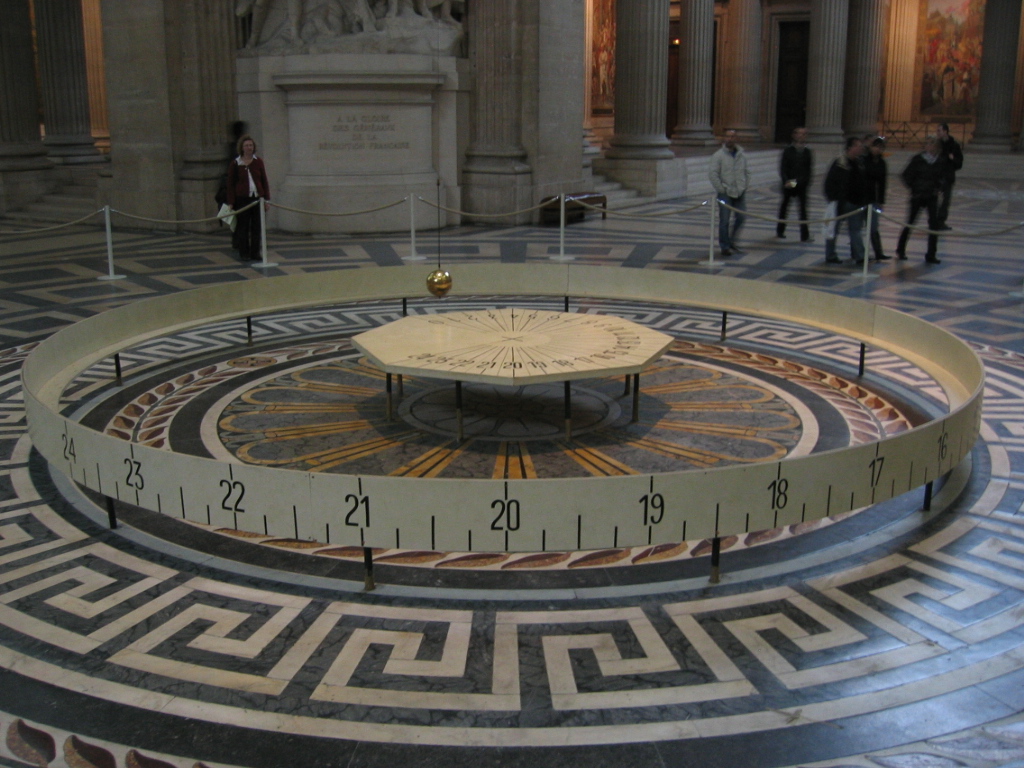
One of my all time favor books is Foucalt’s Pendulum by the great Italian author Umberto Eco. It’s a fantastic book about the problems of interpretation all wrapped up in a conspiracy theory. Despite having several famous books Eco’s greatest works are actually as a philosopher and semiotician. A constant theme of both his fiction and scholarly works are the limits of interpretation. He often explains this in terms of the “open text” and “closed text.” The closed text is a text (or any collection of signs like paintings or clothing) that has a very limited number of valid interpretations. The open… Read More
-
•
•
12 responses

Kirsten M. Christensen is Associate Professor of German at Pacific Lutheran University, where she directs the Holocaust and Genocide Studies Program. Read More
-
•
•
9 responses
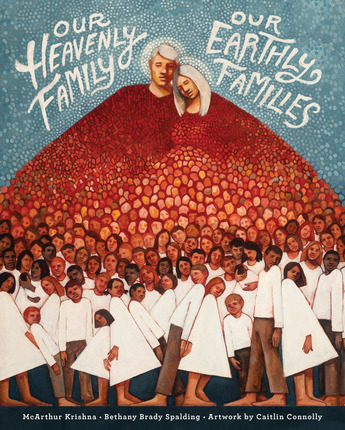
Our Heavenly Family, Our Earthly Families by McArthur Krishna and Bethany Brady Spalding with artwork by Caitlin Connolly (link) Read More
-
•
•
5 responses

I apologize for not having contributed much to Times and Seasons lately, but since last year I have chosen to concentrate on our Dutch-speaking members and friends. So much is available in English, so little in many other languages. Our site Mormoneninfo.be is geared to information that can enrich the understanding of Mormonism. This year the site is mainly devoted to the Book of Mormon curriculum. Wherever possible it integrates intellectual, cultural and artistic contributions from the Low Countries (the Netherlands and Flanders).Even if you don’t read Dutch, you’re welcome to browse through one of the lessons under “Evangelieleer 2016”, like… Read More
-
General Doctrine, Philosophy and Theology, SS Lesson – Book of Mormon, SS Lesson – Doctrine and Covenants
•
•
5 responses
A while ago my dad had pointed out some features of the sacrament that somehow I’d missed in all the years I’d been partaking. A few of these were examples of something that’s right before you the whole time yet somehow you still miss. I thought I’d share them with you. We get our sacrament rite largely from the Nephites rather than the Palestinian Christians. Many have argued that the evolution of the sacrament amongst the Nephites takes the form it does going back to King Benjamin’s famous speech. (See for example John Welch’s argument in King Benjamin’s Speech: That… Read More
